Flavor characteristics of Honduran Coffee and description of Coffee Flavor in Honduras Sweet Orange Manor
Coffee beans from each country have their own regional flavor, while coffee from Honduras is not so famous at first. Honduran coffee has been known since the emergence of barrel-treated sherry coffee and litchi orchid coffee. Coffee is originally a kind of crop, after special treatment, the coffee flavor has an alcoholic flavor, which makes friends who like to taste wine fall in love with it at once.
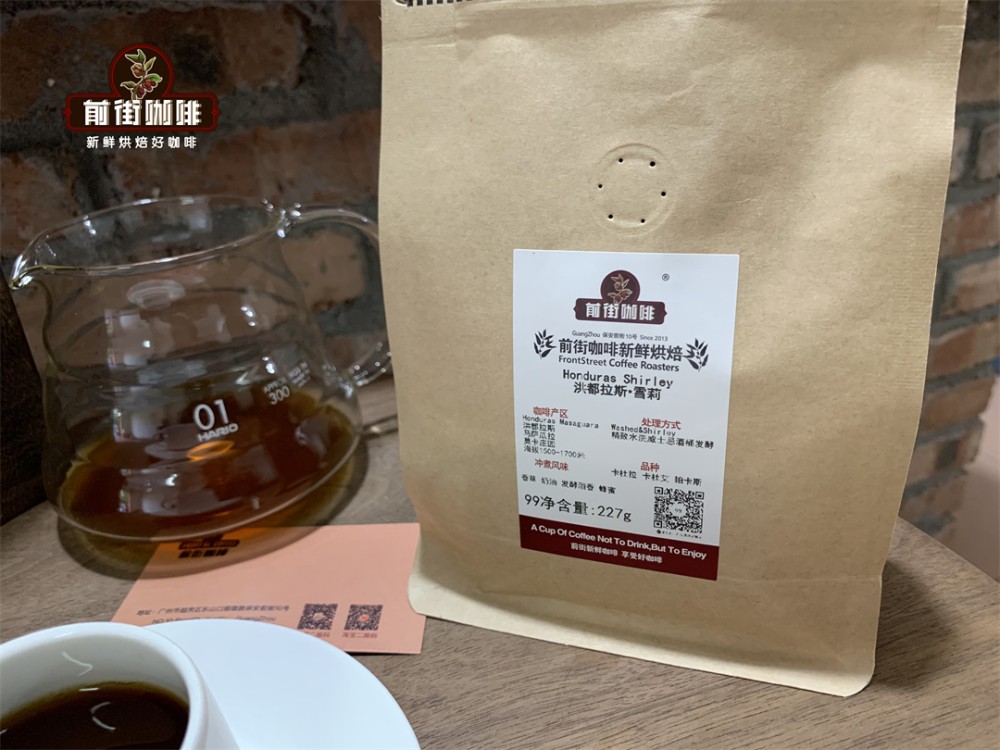
As soon as you brew sherry coffee, you can smell the sweetness of vanilla cream from afar, whisky reverberates in your mouth, and Yugan has the sweetness of honey and chocolate. This is a kind of coffee that is neither sour nor bitter. At the same time, it is also the hottest single coffee on the front street.
Honduras is located in the north of Central America, facing the Caribbean Sea to the north, the Gulf of Fonseca in the Pacific Ocean to the south, Nicaragua and El Salvador to the east and south, and Guatemala to the west, mostly mountains and plateaus. It covers an area of 112492 square kilometers and the coastline is about 1033 kilometers long. The whole territory, except the coastal plain, is mountainous, with the highest elevation of 3000 meters in the northwest and more than 2400 meters in the south. The main rivers in the territory are the Koko River, the Patuca River and the Wulu River. Rivers from inland mountains crisscross and flow into the two oceans. Many basins and river valleys are formed between the various mountain ranges. The larger basins are the Siria and Rapagu Alai basins, and the main river valleys are the Komayagua and Hamastland River valleys.
Coastal islands are dotted with the main islands being the Baya Islands and the Tigris Islands in the Gulf of Fonseca. The terrain of Honduras is complex and the climate is diversified. Located in the coastal plain of Central America, it has a tropical rain forest climate, with an average annual temperature of 31 ℃. The mountain belongs to subtropical forest climate, the annual average temperature is 23 ℃, the rainy season is from June to November, the temperature is mild and the rainfall is abundant, so it is an ideal place for coffee growth. However, due to the lack of transportation construction to connect the origin and the port, these factors led to the late start of coffee in Honduras.
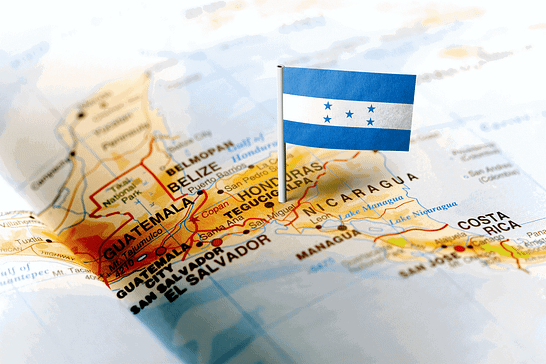
There are 280000 hectares of coffee plantations in Honduras, mainly small coffee plantations, most of which are less than 3.5ha. These coffee plantations account for 60% of all coffee production in Honduras. In the coffee garden, because the planting area belongs to the mountain area, people pick coffee beans by hand, and then process them carefully in order to produce better quality coffee beans. Honduras collects 3 million bags of coffee every year and provides you with multi-quality coffee. It has become one of the top ten coffee exporters in the world.
Main coffee producing areas in Honduras
Honduras is now the largest coffee producer in Central America. Honduras is roughly divided into six producing areas: Copan, Montecillos, Agalta, Opalaca, Comayagua and El Paraiso.
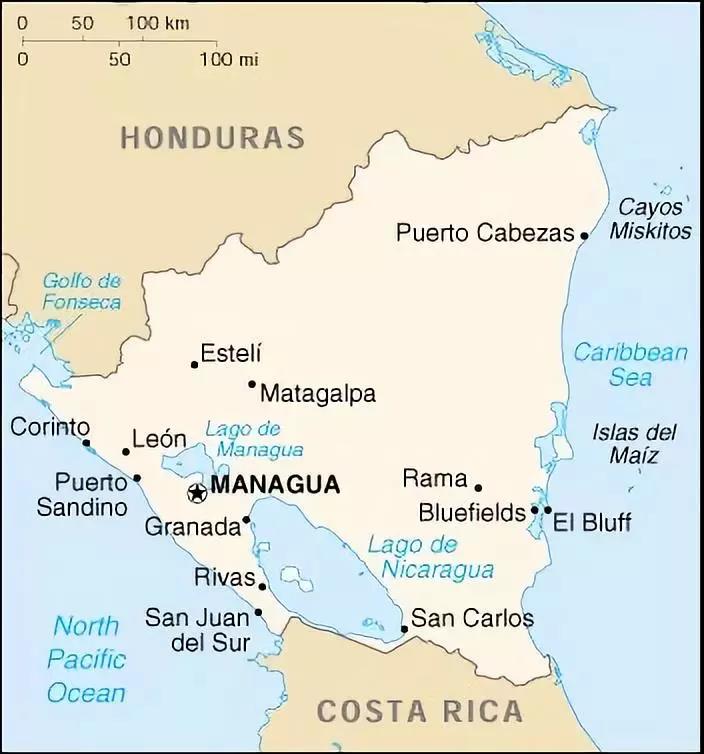
[Kefan]
The producing area is located in western Honduras, bordering Guatemala. The average altitude is 1000 meters to 1500 meters, the humidity is high, the temperature difference is large, the lowest temperature can reach 11.5 ℃.
[Montesius]
The average altitude of the planting area in Montesius is between 1200 meters and 1600 meters above sea level, and the temperature is low at night, which is very suitable for the slow ripening of coffee cherries to make the finished products sweeter. The coffee in this area has citrus, peach, apricot and other fruit aromas, caramel-like sweetness and smooth taste.
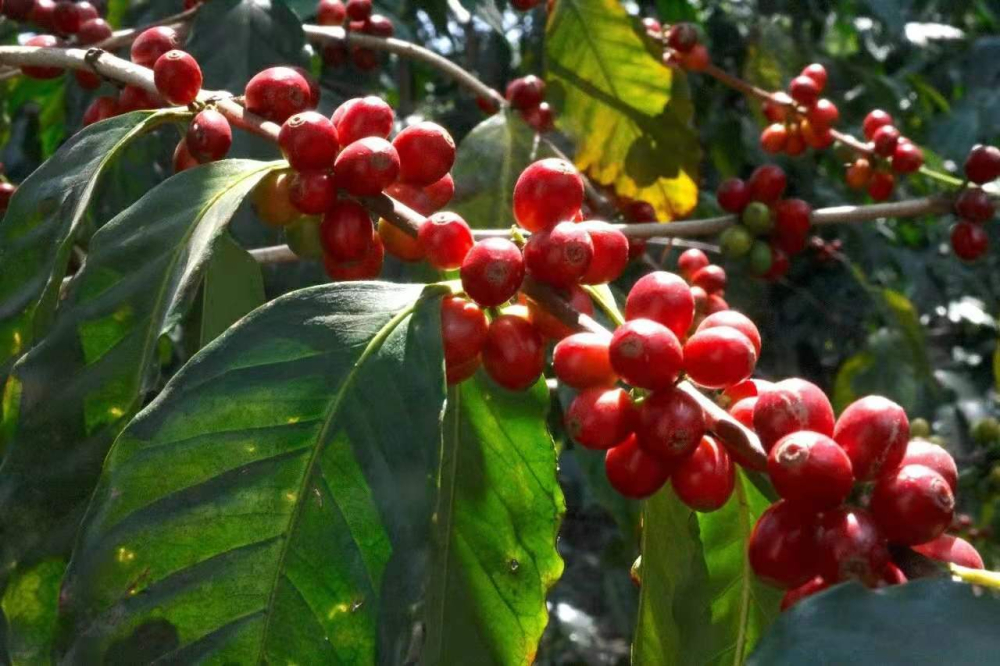
[Akata]
Akata producing area is located in the southeast of Honduras, which has a typical tropical climate, planting between 1100 meters and 1400 meters above sea level. Akata coffee has tropical fruit and chocolate flavors, low acidity and caramel sweetness.
[Obalaka]
Obalaka producing area is adjacent to Kefan producing area. The common varieties of coffee in this area are bourbon, Kaduai and iron pickup. It is planted at an altitude of between 1100 and 1500 meters. The coffee level in Obalaka is more complex, the acid is more refined, and the aftertaste is more balanced.
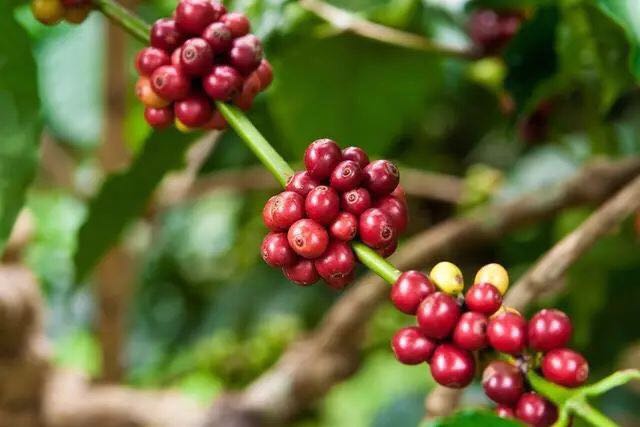
[Komayagua]
Komayagua, located in the middle of Honduras, had the highest coffee production in Honduras in 2016. The coffee in Komayagua region has citrus sour aroma and creamy taste.
[El Paraiso]
El Paraiso is located in the south of Honduras and borders Nicaragua. The planting altitude is between 1000 m and 1400 m, and the temperature here is higher, between 16 °C and 22.5 °C. El Paraiso is the largest and oldest producing area in Honduras.
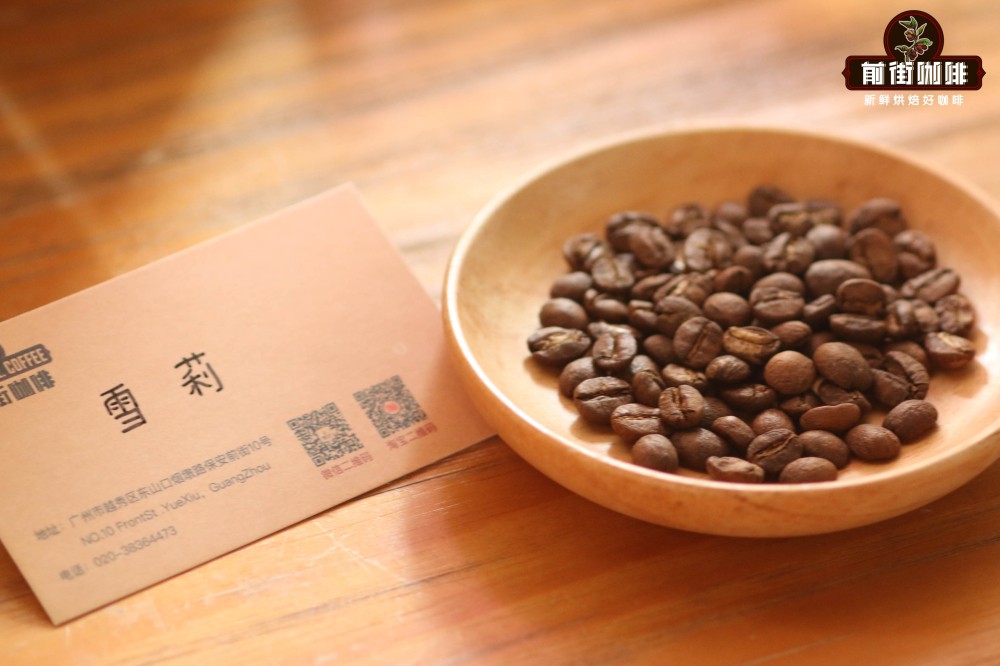
Moca Manor
Located in the southern part of the Jes ú sdeOtoro valley in Masaguara, Honduras, surrounded by mountains and hills, Mocha Manor is mainly devoted to coffee cultivation and is the main engine of the local economy. The area corresponding to the valley is dedicated to growing basic grains and livestock, with an average elevation of 853m above sea level and more than 1500 m at high altitude. Shirley Coffee and Litchi Orchid Coffee on the front street come from Mocha Manor.
The shape of Honduran coffee beans:
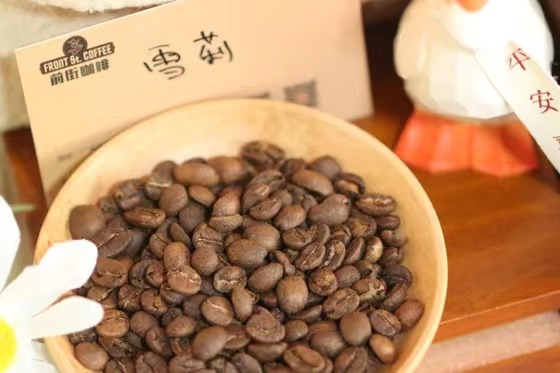
The granules of coffee beans in Honduras are large in shape, uniform in size and glossy in color. In order to facilitate harvesting, farmers will trim the coffee trees to no more than 150 centimeters, because if they grow too high, they have to set up ladders to pick, which is not only time-consuming, but also may damage the trees by bending branches. As the ripening period of each fruit of coffee beans is different, in order to maintain the good quality of coffee beans, it is necessary to pick them manually, and then select the ripe fruits. For coffee fruits of the same branch, it often takes several weeks to pick them all.
Honduran coffee bean varieties
Most of the coffee varieties grown in Honduras are Arabica, mainly derived from Bourbon Bourbon, Kaddura Caturra, Kaduai Catuai, Iron pickup Typica and Pacas Pacas.
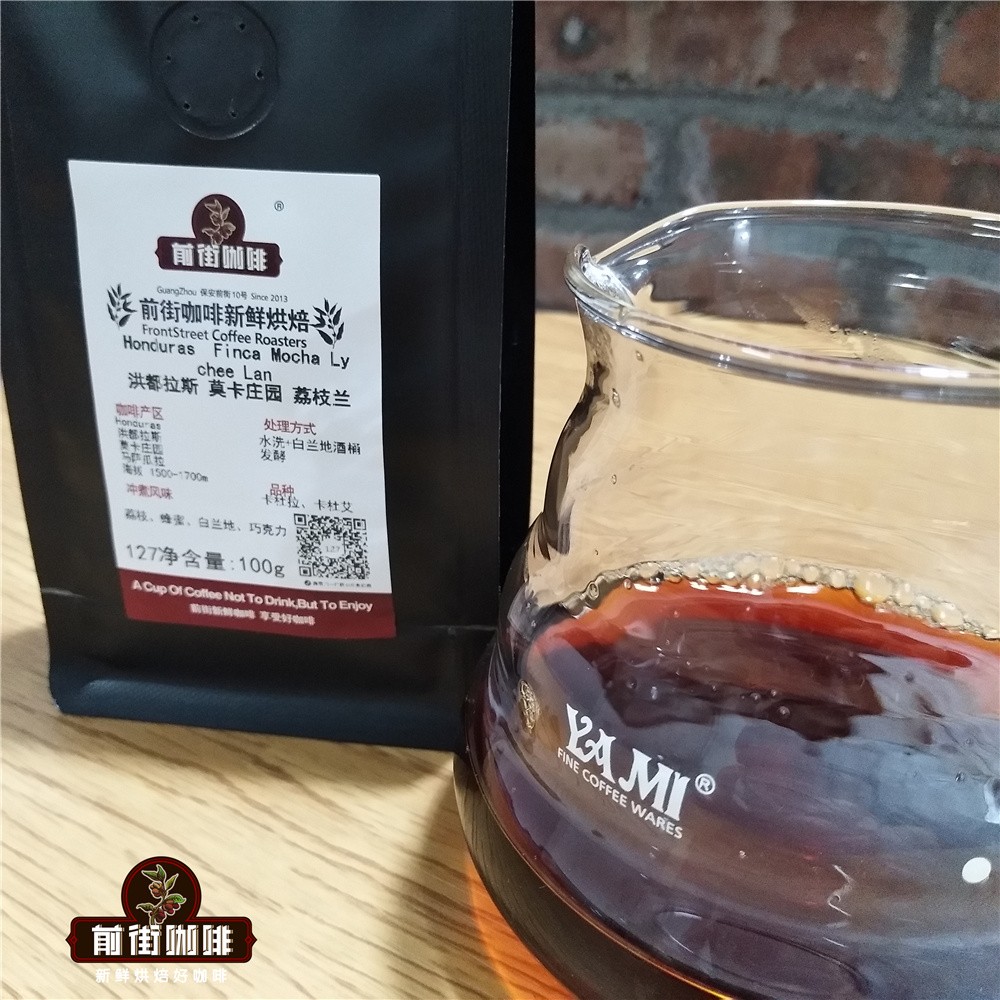
[Kaddura]
Kaddura, a natural variety of bourbon, was found on a plantation in the Brazilian state of Minas Gerais between 1915 and 1918. The coffee plants of the Kaddura variety are short, so the planting density is higher. The Kaddura variety was introduced to Guatemala in the 1940s and then to Costa Rica, Honduras and Panama from Guatemala.
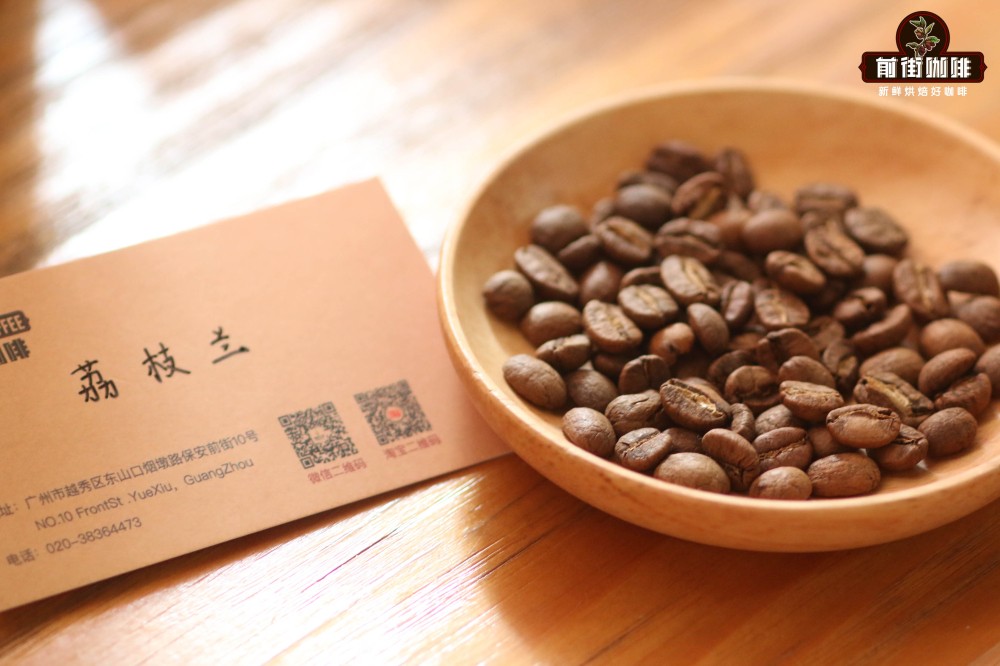
[Kaduai]
Kaduai is a coffee variety bred by a hybrid of New World (Mundo Novo) and Kaddura (Caturra) developed by the Institute of Agricultural language in the State of Sao Paulo, Brazil. The coffee plants of the Kaduai variety are shorter and denser, but are prone to insect pests.
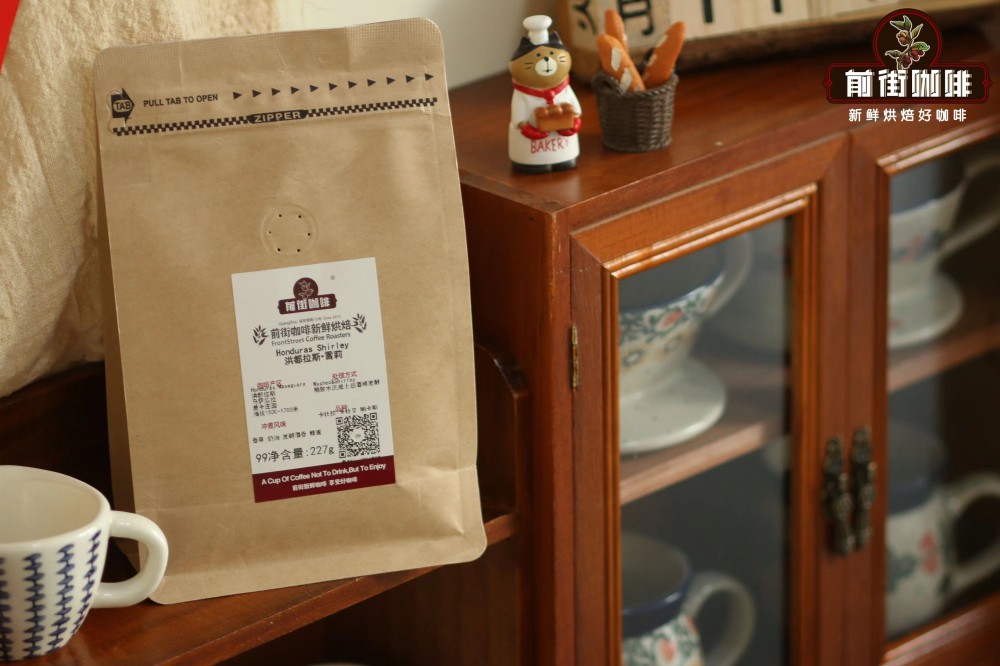
[Pacas]
The Pacas breed was discovered in 1949 on a farm of the Pacas family in the Santa Ana region of El Salvador. In 1960, the Salvadoran Coffee Institute (ISIC) began a Pacas pedigree selection program (selecting individual plants for successive generations). IHCAFE from Honduras was introduced and began to grow Pacas varieties in 1974. Pacas is also a natural variety of bourbon. Pacas is similar to Kaddura. Coffee plants are relatively small, but the Pacas variety has higher yield and better quality.
The way coffee beans are handled in Honduras
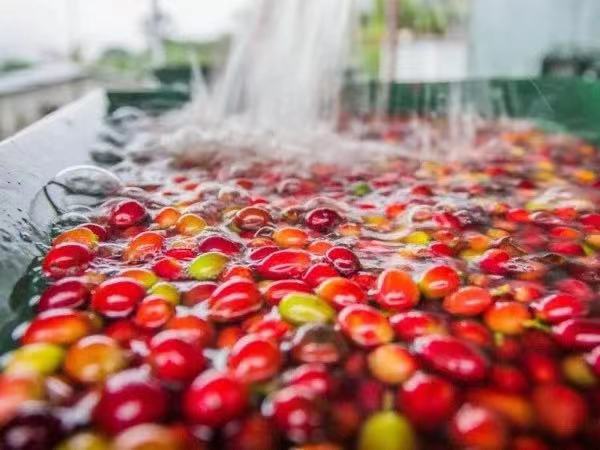
The flavor of coffee is directly related to the way it is handled. Honduran coffee and lychee orchid coffee on the front street are barrel-treated, except that Shirley coffee is a whisky barrel and litchi orchid coffee is a brandy barrel. Honduran coffee beans were often washed before the emergence of barrel fermentation. Coffee farmers first pour the picked coffee berries into a large tank, immature inferior beans will float to the surface, ripe and full fruits will sink to the bottom, and the defective fruits floating on the surface will be removed.
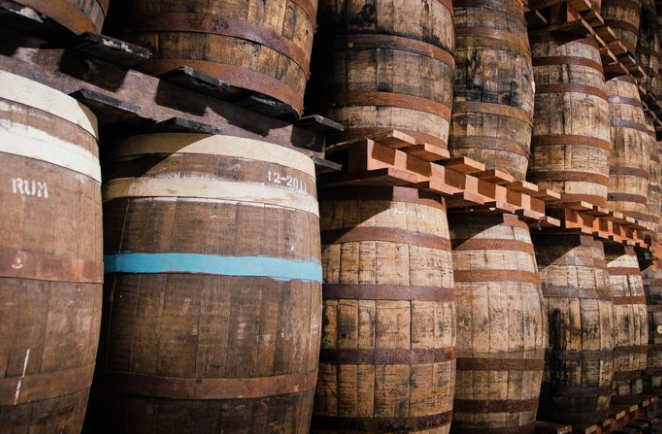
Then use the pulp sieving machine to remove the outer skin and pulp of the coffee fruit, when the coffee beans are still attached to a layer of slippery pectin. Put the coffee beans with pectin in the fermentation tank for 16 hours and 36 hours, during which the microbes will decompose the pectin. After the fermentation is completed, a large amount of water is used to remove the pectin residue from the coffee beans. Then put it into a ripe sherry barrel / rum barrel and ferment at a low temperature for 30-40 days (about 15-20 ℃), then dry in the shade.
Parameters for brewing Honduran coffee on the front street:
In order to highlight the wine and fruit aromas of Honduran coffee, it is roasted moderately and lightly on the front street. V60 filter cup can be used when brewing, powder-water ratio at 1:15, medium grinding (about the size of coarse sugar / 80% screening rate of China 20 standard sieve), water temperature of 91 degrees.
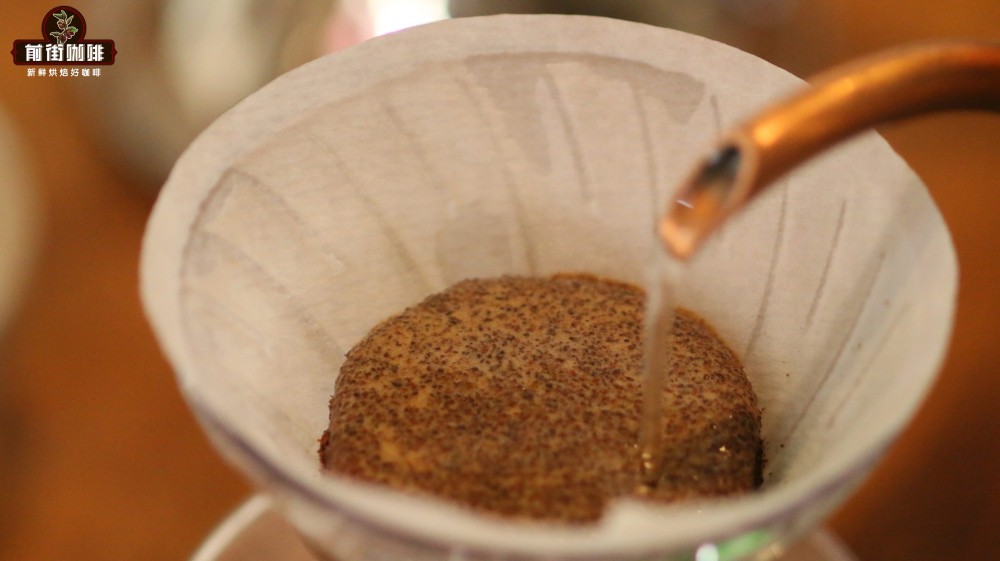
The use of segmented extraction, with twice the amount of coffee powder water for steaming, that is, 30 grams of water for 30 seconds, and the reason for the need for steaming process is to make coffee powder can discharge the internal carbon dioxide gas, so that the latter stage of the extraction is better stable. When the small water is injected around the circle to 125 grams, the injection will be stopped until 225 grams, then the filter cup will be removed after the dripping of the filter cup, and the extraction time will be 2 minutes 39 grams. Next, pick up and shake the whole cup of coffee, then pour it into the cup and taste it.
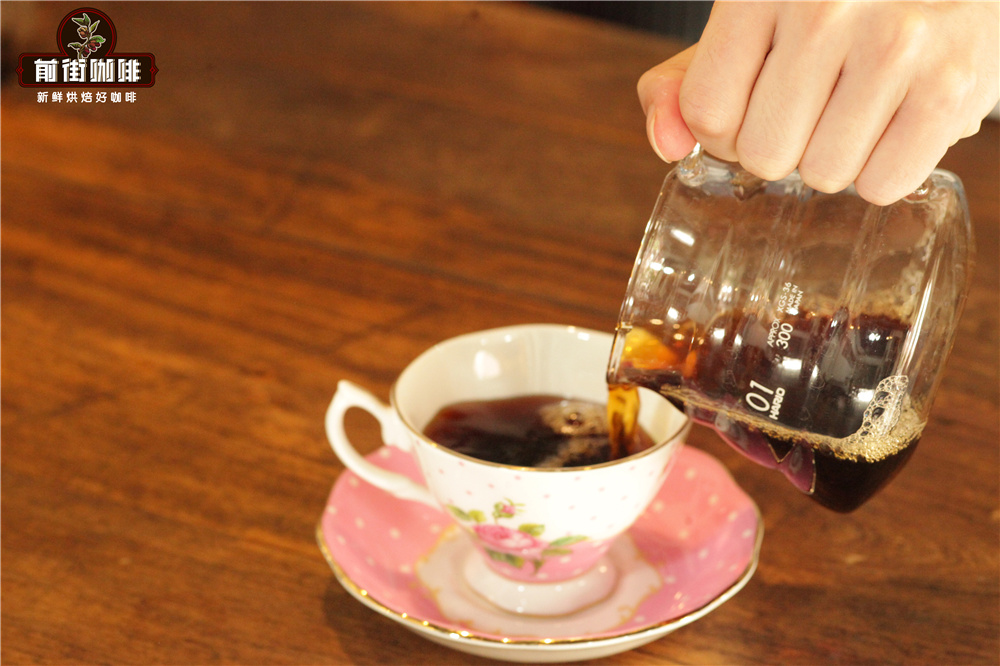
[Qianjie Shirley Coffee flavor] it smells of vanilla and cream, with whisky, berries, almonds and dark chocolate in the mouth, and maple syrup in the finish. [flavor characteristics of Qianjie Litchi Orchid Coffee] Cream, dark chocolate, honey, litchi and brandy are mellow and sweet in taste, and the taste of sipping wine is obvious with the change of temperature.
Suggestions for making coffee in front of the street:
For the brewing of coffee, Qianjie has always believed that the freshness of coffee beans has a great relationship with the flavor of coffee, so the coffee beans shipped in Qianjie coffee are roasted within 5 days. The purpose of Qianjie roasting is "freshly roasted coffee", so that every guest who places an order is the freshest coffee when he receives it. The bean cultivation period of coffee is about 4-7 days, so when the guest gets it, it is the time when the flavor is the best.
For those who need to be ground, Qianjie warmly reminds you that if the coffee beans are ground in advance, there is no need to raise the beans, because in the process of transportation, the pressure caused by carbon dioxide in the package can also make the coffee flavor round. so you can drink a cup of coffee as soon as you receive the coffee powder. But the coffee powder needs to be brewed in time, because the coffee powder oxidizes more quickly after contact with the air, that is to say, the flavor of the coffee will dissipate more quickly, and the flavor of the coffee is not so good. Therefore, Qianjie suggests buying whole beans, grinding and flushing now, so that we can better taste the flavor of coffee.
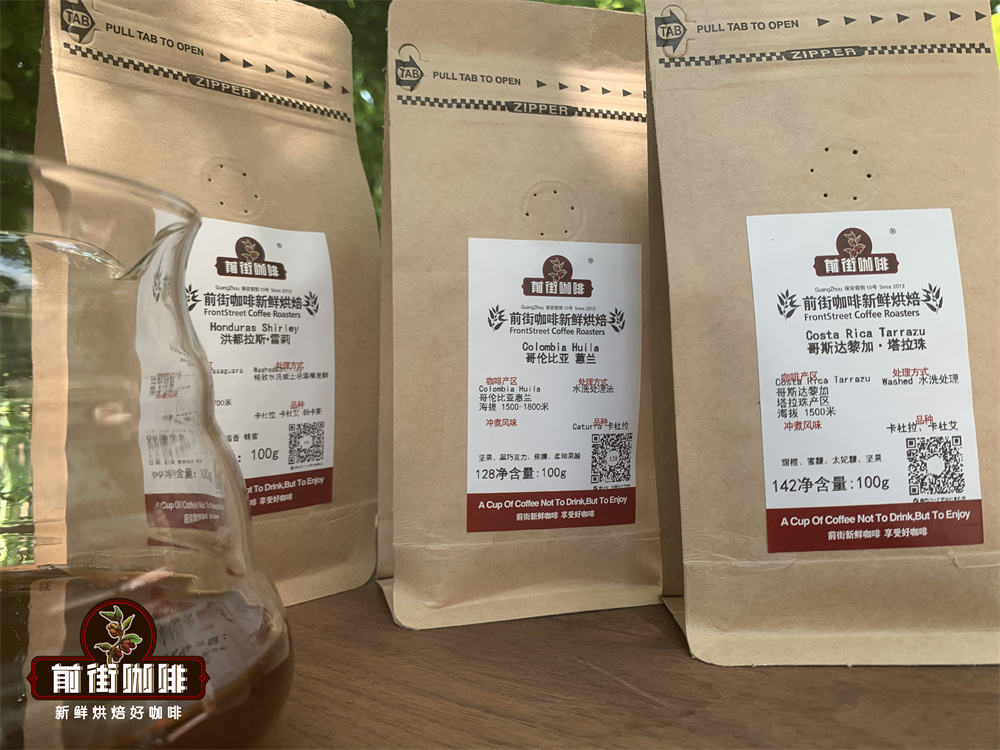
With the implementation of boutique coffee, more and more coffee bean treatment methods have emerged, such as: honey treatment, anaerobic treatment, wine fermentation and so on, all from the most basic washing and sun treatment. However, Qianjie believes that only the coffee beans treated with water can better show the local coffee flavor, so most of the rations beans in Qianjie choose the method of washing. For example: Huilan Coffee from Colombia, Tarazu Coffee from Costa Rica, Water-washed Yega Chevy Coffee from Ethiopia, Vivette Nanguo Coffee from Guatemala, Pokuit Rose Summer Coffee from Panama, and so on. Qianjie rations Douzhang shows the coffee flavor of various producing countries, the performance-to-price ratio is very high! It is very worthy of coffee friends' choice!
Professional coffee knowledge exchange more coffee bean information please follow the coffee workshop (Wechat official account cafe_style)
For more boutique coffee beans, please add private Qianjie coffee on Wechat. WeChat account: qjcoffeex
Important Notice :
前街咖啡 FrontStreet Coffee has moved to new addredd:
FrontStreet Coffee Address: 315,Donghua East Road,GuangZhou
Tel:020 38364473
- Prev

Classification characteristics of Coffee varieties in Guatemala Flavor introduction to 8 Coffee producing areas in Guatemala
Professional coffee knowledge exchange more coffee bean information please follow the coffee workshop (Wechat official account cafe_style) Guatemala is a major coffee producer in Central America, ranking eighth in the world in terms of coffee production. Guatemala, whose name comes from the Mayan language, means thelandofmanyt, the country of the forest.
- Next
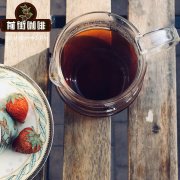
The characteristics of coffee in El Salvador and the description of coffee varieties in 5 areas in El Salvador
Professional coffee knowledge exchange more coffee bean information please follow the coffee workshop (Wechat official account cafe_style) El Salvador (El Salvador) well-known representative coffee: El Salvador (El Salvador) El Salvador is a highland terrain, is the smallest country in Central America, flanked by Guatemala and Honduras. As there are two buildings in the area
Related
- Detailed explanation of Jadeite planting Land in Panamanian Jadeite Manor introduction to the grading system of Jadeite competitive bidding, Red bid, Green bid and Rose Summer
- Story of Coffee planting in Brenka region of Costa Rica Stonehenge Manor anaerobic heavy honey treatment of flavor mouth
- What's on the barrel of Blue Mountain Coffee beans?
- Can American coffee also pull flowers? How to use hot American style to pull out a good-looking pattern?
- Can you make a cold extract with coffee beans? What is the right proportion for cold-extracted coffee formula?
- Indonesian PWN Gold Mandrine Coffee Origin Features Flavor How to Chong? Mandolin coffee is American.
- A brief introduction to the flavor characteristics of Brazilian yellow bourbon coffee beans
- What is the effect of different water quality on the flavor of cold-extracted coffee? What kind of water is best for brewing coffee?
- Why do you think of Rose Summer whenever you mention Panamanian coffee?
- Introduction to the characteristics of authentic blue mountain coffee bean producing areas? What is the CIB Coffee Authority in Jamaica?

